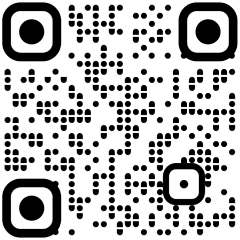Mumbai: The need for aggressive growth in deposits and branches is tapering off as IDFC First Bank replaces erstwhile IDFC’s wholesale deposits with sticky retail deposits, its chief executive officer told ET in an interview.
V Vaidyanathan also said he expects provisions to be high in the September quarter due to asset quality pressures and that it will taper off.
“The heavy lifting on deposits we have already done in the last five years. At the time of the merger, ₹78,000 crore of legacy borrowings and certificates of deposits were there. Of this, we have already repaid ₹65,000 crore,” he said. “Repayments on legacy assets will be gone in the next two years. Our need for deposits will come down because we have to only finance growth. Hence the need to put up branches has come down.”
Vaidyanathan said the bank no longer needs to grow liabilities by 39-40%. In the current year, he said, the bank aims to grow deposits by 30% and 25% in the subsequent year.
In the June quarter, the bank grew deposits by 36% year-on-year to ₹2.09 lakh crore and its branches neared the 1,000 mark. It aims to grow credit by 20-22% in the coming years. It grew loans by 22% in the June quarter to ₹2.09 lakh crore.
At a time when a lot of peer banks have raised deposit rates to attract savers, Vaidyanathan said IDFC First won’t increase rates. “We also don’t need to tinker with our cost of deposits as money is coming very thick and strong for us,” he said.
Its net interest margins were 6.22% in the June quarter versus 6.35% in the March 2024 quarter.
The lender also faced asset quality pressures in the June quarter. Its loans due more than 30 days and 60 days in the retail, rural and MSME segments rose to 1.01% in June from 0.85% in the March quarter due to a rise in stress in the joint liability group (JLG) book.
“During the election and the heatwave, we saw our collection efficiency fall to 99.3% from our traditional 99.5% levels, but all this is transitory,” Vaidyanathan said. “We don’t see any issue in our personal loans and credit card portfolio. We have some stress in our joint liability group (JLG) book because we were affected by the floods in Tamil Nadu. In that sector, delinquency is going up slightly by 40-50 bps. These are episodic events. Our JLG book is around ₹12,700 crore, the rest of the book is pristine.”
Due to the rise in stress in the JLG book, provisions increased 109% year-on-year to ₹994 crore in the June quarter.
“The credit provision was high in this quarter, the next quarter also it will be there, then a little bit in the third quarter, then it will taper off,” he said. “The profit number could be affected as well but Q3 onwards it will start normalising. I feel as lenders we should be watchful but I don’t expect any significant stress.”










